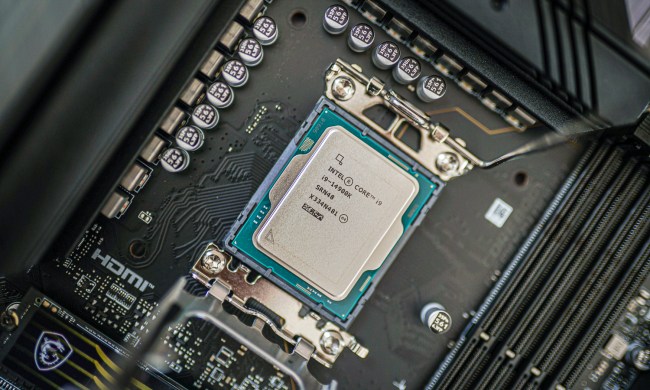Media Molecule’s Dreams will add a new PlayStation VR functionality on July 22, the developer announced at Tuesday’s DreamsCon showcase, which the United Nations Environment Programme (UNEP) will use to increase environmental awareness.
In post on PlayStation.Blog, Dreams developer Media Molecule’s Communications Manager, Abbie Heppe, shed details on PSVR in-game.
The update will be free and adds PSVR and PlayStation Move Controller compatibility and includes offers tutorials for player and creator modes. Some of the new tools will also be available to players without PSVR, including accessibility functions.
PSVR in Dreams may open the floodgates for a new level of immersion with some of the game’s bizarre creations. Dreams creators sculpted everything from a P.T. remake to Sonic the Hedgehog-like levels.
The UNEP, which addresses environmental issues, announced it will use Dreams‘ PSVR functionality to demonstrate the effects of climate change so users can visualize their carbon footprints across the globe. The UNEP will represent the carbon footprint as a spherical orange cloud that grows gradually in front of the player in a variety of environments, including the inside of an office and a road with high traffic.
People without access to PSVR can see the project through Earth School, which is an educational effort from the UNEP and TED-Ed.
In the UNEP’s VR project, players will practice virtual lifestyles bringing down their individual carbon footprints to limit global warming to a 1.5-degree Celcius margin, “above which the threats of climate change become increasingly devastating.” UNEP economy division director Ligia Noronha spoke about the project’s tentative positive impacts, capitalizing on the gaming population and how many within it are concerned about climate change.
Sony Interactive Entertainment director Kieren Mayers said the project is meant to inspire change and “explore various ways to use gaming and VR to educate and bring messages of hope” in partnership with the UNEP. Sony and the UNEP’s climate change initiative in Dreams could indicate a tide of creations fostering awareness on a number of issues in addition to community-made levels.
Digital Trends reached out to the UN Environment Programme for comment and will update this article when we hear back.


